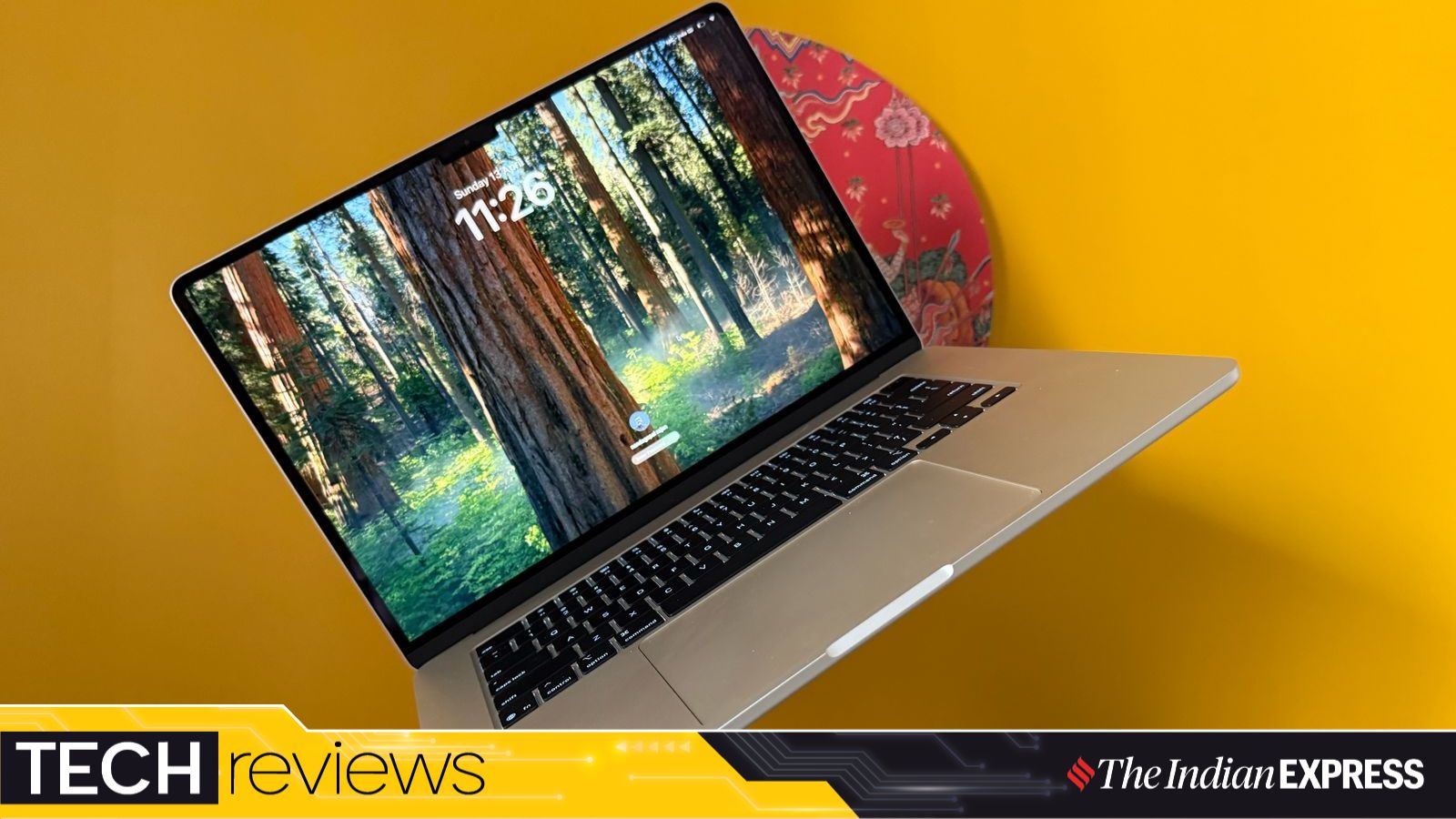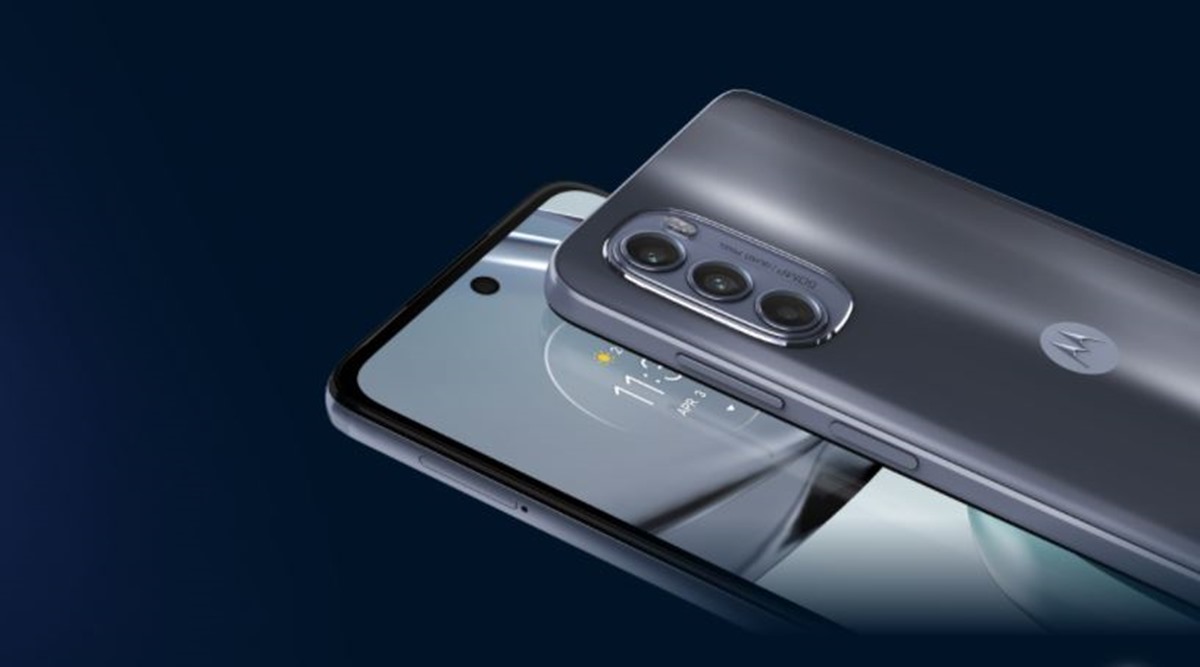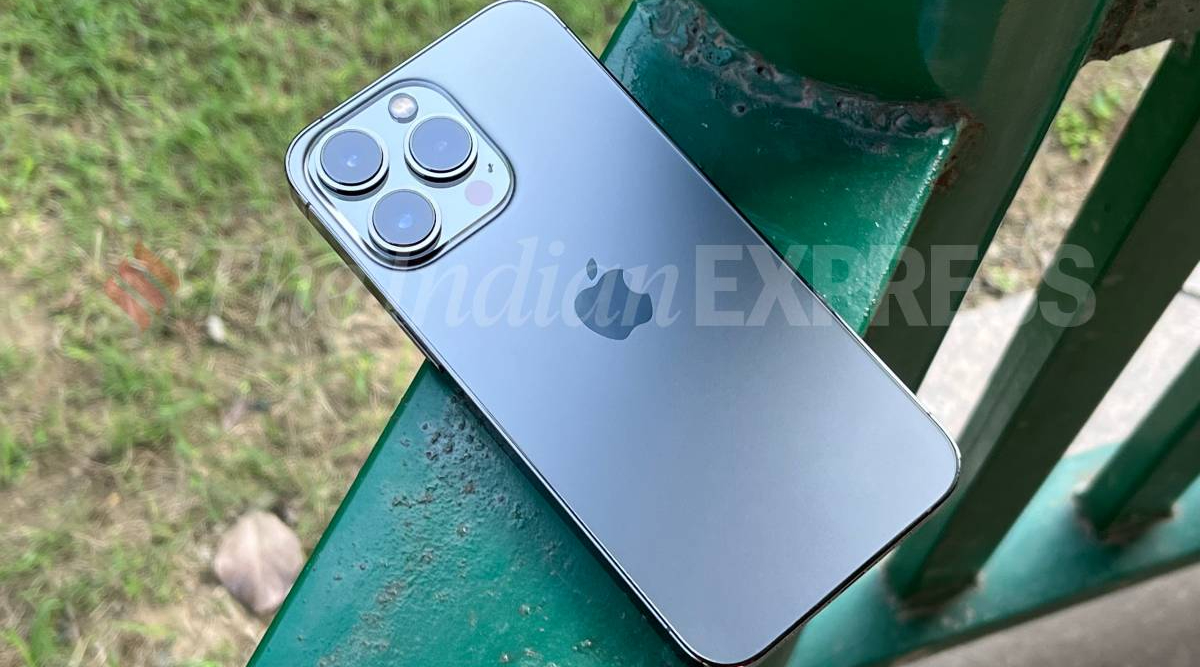Since Apple started using its own silicon for Macs, it has become a bit difficult to review these devices every year. With the first generation silicon these devices took such a big leap in terms of performance and battery life that it has been difficult to retain a sense of context in relation to the competition. Now with the 2025 MacBook Air, running the fourth generation M4 chip from Apple, I know it will be a struggle comparing it with both the past and the present. So let me stick to a review that looks at the device as a standalone product in relation to the intended consumers.
The MacBook Air is usually the thinnest, lightest device in a room, and this despite the Intel-prompted wave for Ultrabooks over a decade back. With the 2025 version, the MacBook Air still maintains this legacy, even with the 15-inch model I got for review. With a 1.15cm thickness and a 1.5-kg weight, the MacBook Air is perfect for those who need to carry their computing power wherever they go. The review unit I got came in the starlight colour which has a tinge of gold, but is till very stylish, very Apple.
 The MacBook Air M4 comes in 13-inch and 15-inch screen sizes, features a new 12-megapixel Center Stage camera, and offers up to 18 hours of battery life. (Image credit: Nandagopal Rajan/The Indian Express)
The MacBook Air M4 comes in 13-inch and 15-inch screen sizes, features a new 12-megapixel Center Stage camera, and offers up to 18 hours of battery life. (Image credit: Nandagopal Rajan/The Indian Express)
The screen is stunning as you expect it to be. And I had a lot more of it on the 15-inch version. At 500 nits, this 2880x1864p display was certainly among the brightest I have used in a long time. In comparison, the M1 version that came in 2020 was 400 nits and a bit weaker on the resolution too. If you are the creative kind, or the consuming kind, this display will make you very happy. With Spatial Audio the six-speaker setup gives you an immersive experience when you are consuming Dolby Atmos content like the The Studio on Apple TV+. But I would have loved it to be a bit louder for the conditions we face in India.
I loved typing on this MacBook Air with keys being perfectly spaced out and offering the right amount of travel and rebound. Somehow, in comparison to the two-year-old MacBook Pro I use at work, this one seems to have a cushion effect which the writer in me appreciates. Also, being a large MacBook Air, there is a larger trackpad which makes great sense when opening those really heavy Google Sheets or working on my next Canva presentation.
Since I bought my first MacBook Air in 2015, I have been recommending this as the best computer for most users. Despite all our aspirations most regular users don’t need more firepower than what a MacBook Air packs at any point in time. Yes, this is a fanless model, but the fact is that most of us don’t do stuff that makes an Apple computer sweat. Certainly not one running M series silicon.
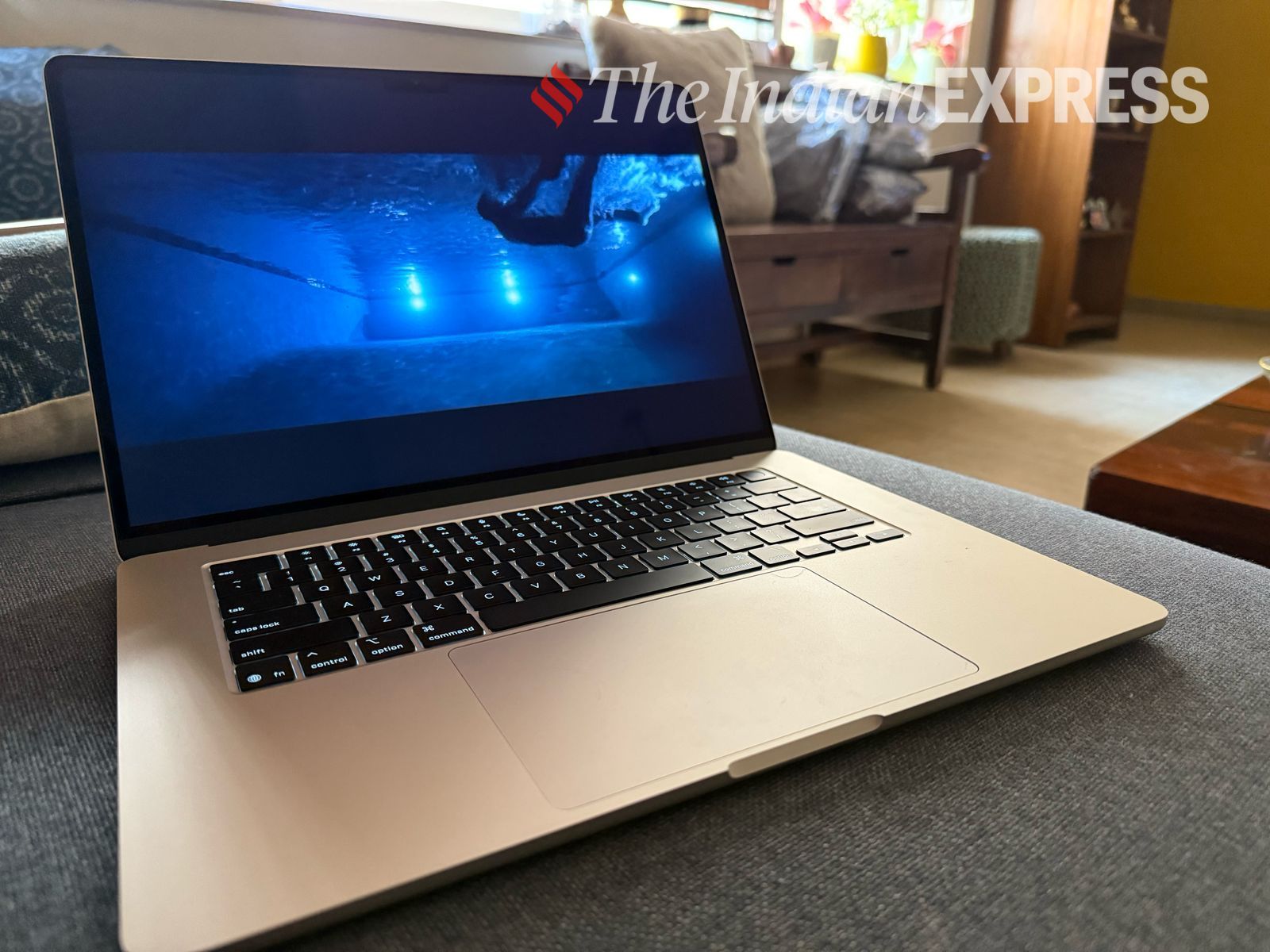 The Mac Studio with M4 Max features up to a 16-core CPU, up to a 40-core GPU, over half a terabyte per second of unified memory bandwidth, and a Neural Engine that is over three times faster than the M1 Max. (Image credit: Nandagopal Rajan/The Indian Express)
The Mac Studio with M4 Max features up to a 16-core CPU, up to a 40-core GPU, over half a terabyte per second of unified memory bandwidth, and a Neural Engine that is over three times faster than the M1 Max. (Image credit: Nandagopal Rajan/The Indian Express)
The M4 is no exception. So I do work on extra large spreadsheets which usually slow down the best of computers. A 72MB spreadsheet I was working on took time converting from Excel to Numbers. But once this was done, handling the same was easy and at no point did it get stuck. In fact, I remembered how with the M1 MacBook Air, the screen would slow down a bit when handling files as large as this. So this is actually the performance upgrade with the M4.
While the MacBook Air is not really meant for video professionals, I could Airdrop 4K files from my iPhone and edit them here without any issues. Another feature that I use a lot now is the iPhone mirroring that is available out of box on these new devices running macOS Sequoia. And with the extra screen space, I could make a corner for the iPhone on the screen, giving me one-tap access to apps at all times. Plus, the new tiling feature means I was grouping apps for certain workflows and even segregating them into different desktops.
Story continues below this ad
There is another feature here which really impressed me, especially as someone who used to once do a lot of tech videos. The new DeskView option lets you show what’s on your desk — maybe a note you are writing or a gadget you are unboxing — on any video call or even to just record. While good light is needed to make this work well, it is still a near magical feature considering how Apple is managing this with just the laptop camera. You can define the space on the desktop that you want to record too, thus cutting out a lot of the clutter that you want to conceal.
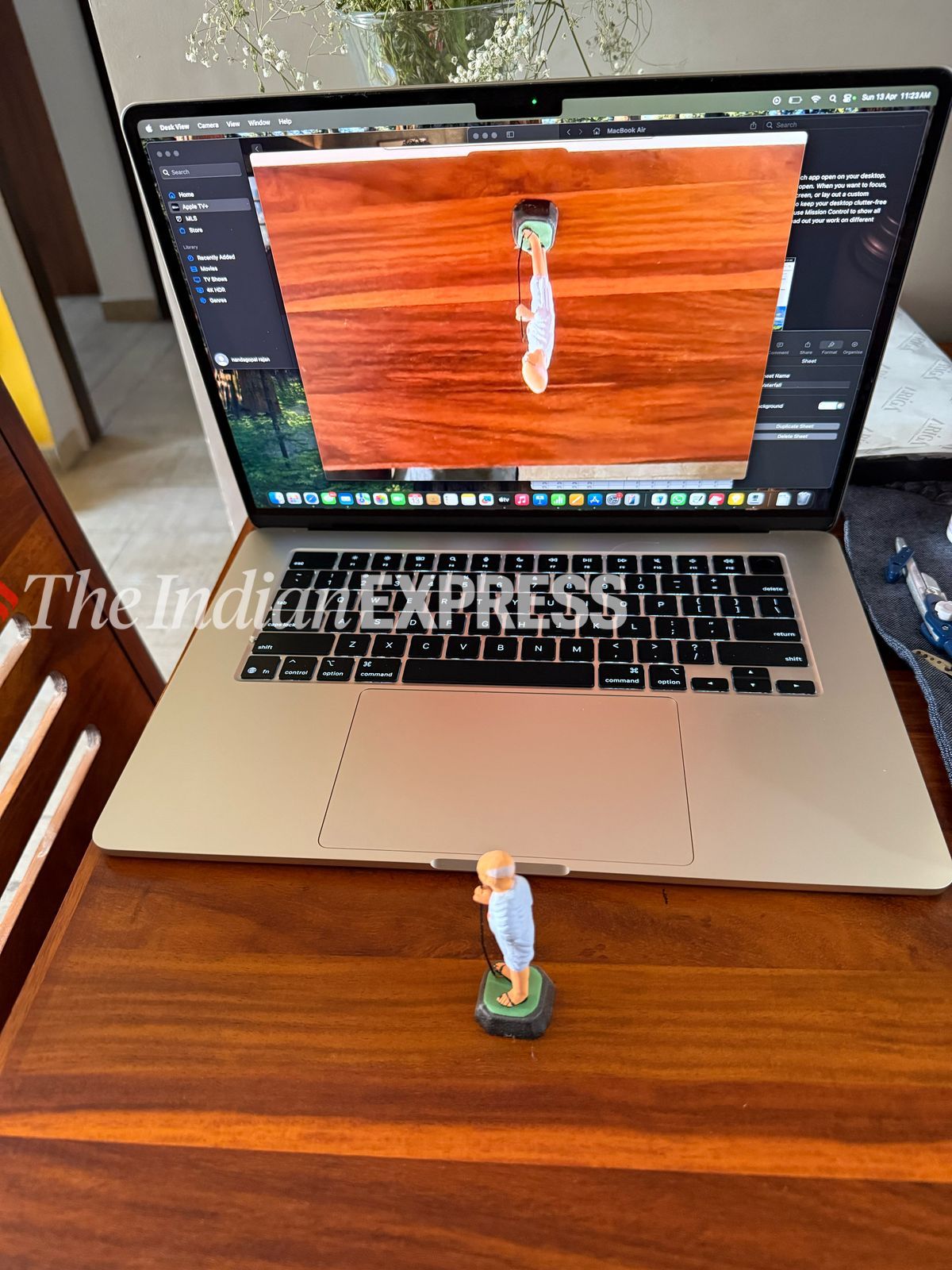 The new DeskView option lets you show what’s on your desk. (Image credit: Nandagopal Rajan/The Indian Express)
The new DeskView option lets you show what’s on your desk. (Image credit: Nandagopal Rajan/The Indian Express)
The slim physique of the MacBook Air can be deceiving, not just in how much processing power it packs, but also about the large hearted battery inside. On a full charge, this one can easily last over 18 hours, which for most users will be two business days. And while there is the Magsafe charging dock option, which I use primarily for charging from my desktop, you can use a USB-C wall-charge also to juice it up wherever you are. However, all the ports are on the left and this means I struggle to get the wires to come around in almost all the locations I charge at.
 The new MacBook Air M4 comes with a 12MP camera that supports 1080p video recording and Center Stage. (Image credit: Nandagopal Rajan/The Indian Express)
The new MacBook Air M4 comes with a 12MP camera that supports 1080p video recording and Center Stage. (Image credit: Nandagopal Rajan/The Indian Express)
With a starting price of Rs 124,900, I think the new MacBook Air offers the best and most dependable computer for a lot of people, who don’t really need to do serious video editing or 3D imaging. I would like you to consider the size before committing yourself to the 15-inch model. The 13-inch one is cheaper though it packs the same punch. But whatever the size, this could be the best option for students and office workers. If you find it expensive, just remember that MacBooks last for over seven years ideally and the cost of ownership then works out cheaper. This is an investment you will complement yourself for as it will outlive many regimes and tech fads.


